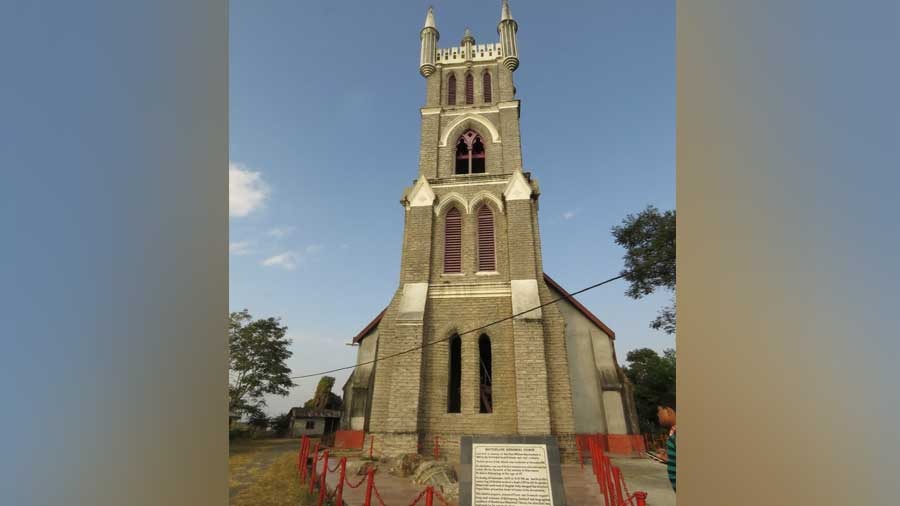In its advertisement, a prominent heritage hotel in Kalimpong mentions two grand views that it boasts of the hill town. One is obviously that of Mt. Kanchenjungha. The other is of the oldest church of Kalimpong — MacFarlane Memorial Church — a beautiful crenelated neo-gothic edifice from the time of the Raj.
Though the church, located on KD Pradhan Road (Chotta Bhalukhop), does not pull the same volume of tourists as other colonial structures of Kalimpong, its architecture and rich history still attract heritage lovers.
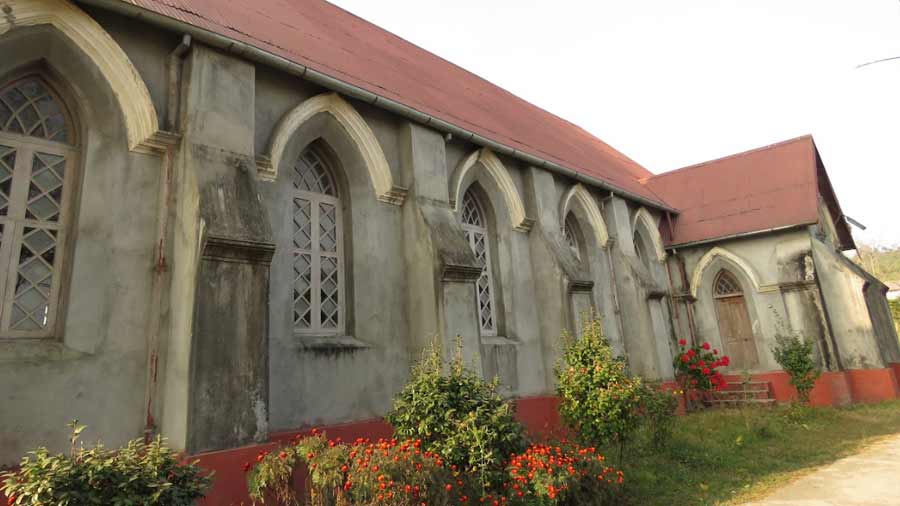
The sides of the long, low-roofed prayer hall behind the tower are lined with windows Somen Sengupta
Its story began in 1870, when a young Scottish missionary named Rev William MacFarlane arrived in Kalimpong to work among marginalised Tibetans and set up several schools and support centres. His popularity among locals soon made him a legend and his untimely demise at the age of 47 left his friends shocked.
As at token of gratitude for his contribution to the region, his Indian and Europeans friends decided to build a church in his memory. The initiative was primarily taken by the legendary Scottish missionary Dr John Anderson Graham and his wife Katherine in 1889, when they arrived in Kalimpong from Scotland. Dr Graham would remain as pastor of this church for 35 years.
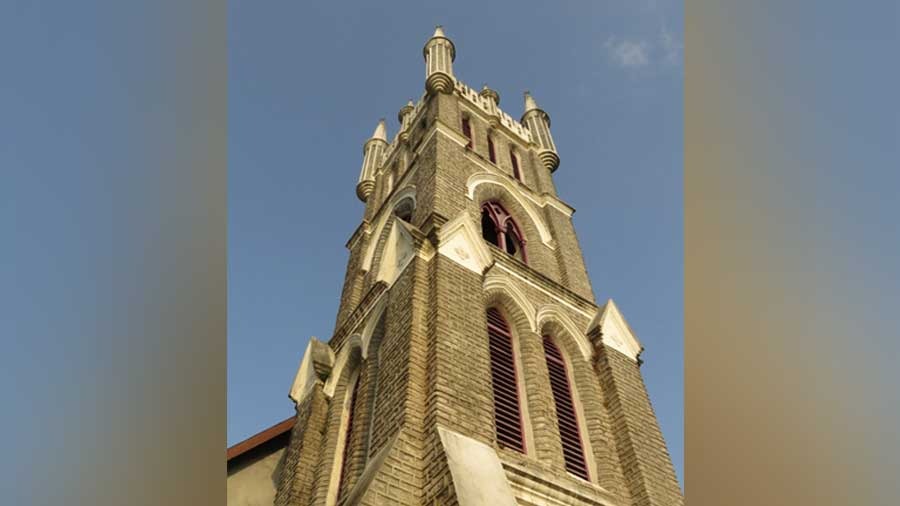
The tower has four levels — each with arched windows and ventilators Somen Sengupta
Construction started on February 24, 1890, and the first service was held on November 1, 1891. The construction was funded both by Europeans and natives, and was built under the supervision of a Scot named William Sutherland. Kalimpong, then, was still a small hamlet with a small population. The church was built in the Gothic Revival style of architecture, which was very common in Scotland at that time.
A bell tower, and the long, low-roofed prayer room running behind it, added a spark to its aesthetics. However, the tower with four levels — each with arched windows and ventilators — was added much later. The apex of the tower now neither holds a cross nor houses a bell. Instead, it has a few smaller tower-like pinnacles. The first two levels of the tower have two arches, the third level has one arch and top one has three in the three sides of the tower.

The entrance of the church building Somen Sengupta
The sides of the long prayer hall are lined with windows that are European in style. It has a wooden roof and the walls are full of dedicatory plaques giving testimony to Kalimpong’s colonial heritage.
The church commands a clear view of Kalimpong town, and if luck holds, also a majestic view of Mt Kanchenjungha. The way to the church was once lined with tall dark oaks and pines. Sadly now, they are slowly vanishing with rapid unplanned urbanisation.
The old structure of the church was badly damaged when an earthquake hit Sikkim on September 18, 2011.

Several pillars, damaged and grounded by an earthquake in 2011, are kept on display in a demarcated area Somen Sengupta
It not only damaged the pinnacles of the tower, but also created massive cracks in the wooden-roofed prayer hall and glass windows. After this calamity, the church was closed for more than two years. It finally reopened in 2013 after a thorough renovation. Though the old pillars were replaced, the church authorities did a great job of preserving some pieces from the debris to give visitors an understanding of how the old structure looked.
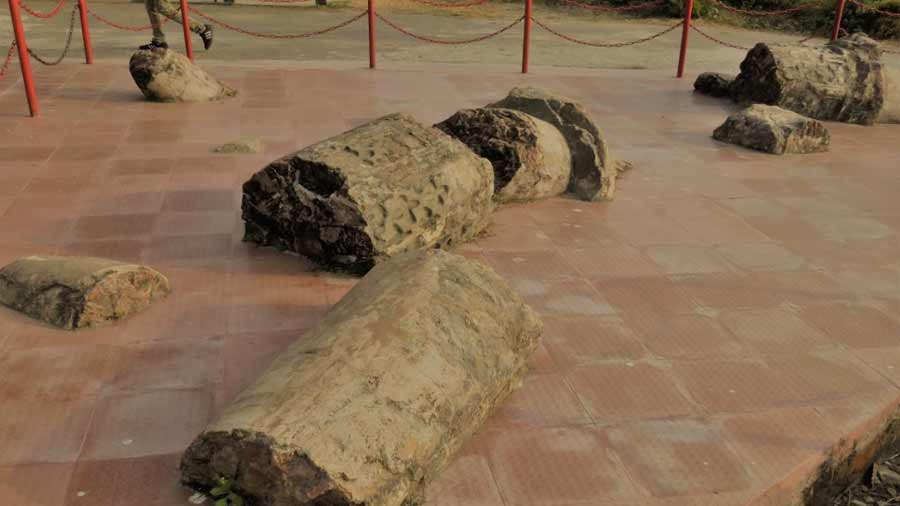
More pillars destroyed by the earthquake Somen Sengupta
On the rear of the present tower, in a demarcated area, several damaged pillars and other rubble are kept on display. The floral design of those pinnacles and other pieces reveal that the old architecture of the church was a blend of Hindu, Buddhist and European styles.
The church is still frequented by the local Catholic population and is often used for cultural and social events. It is also worth noting that this is one of the few churches in India where service is offered in 10 languages including Sanskrit, Bodo, Tibetan and Urdu, apart from English, Bengali and Hindi.
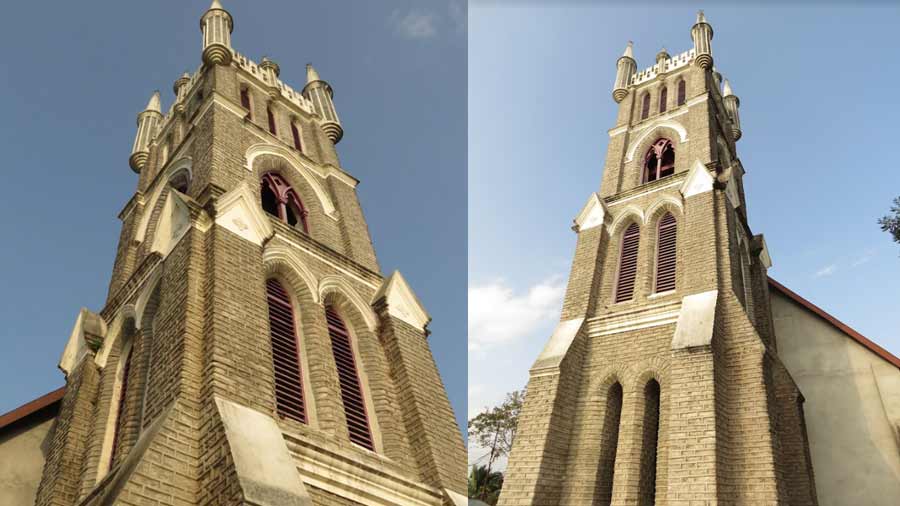
The church reopened in 2013 after a thorough renovation Somen Sengupta
Sunday mornings, when it opens its doors to the public, are the best time to visit the church. Week-long musical events are also planned every year during the festive weeks. However, one needs to obtain permission before photographing some parts of the church.
Somen Sengupta is passionate about heritage and travelling and has been writing about it for 26 years. When he is not executing duties as a senior executive in an MNC, he keeps an eye out for intriguing historical trivia and unearths forgotten stories. This also makes him an avid quizzer.
